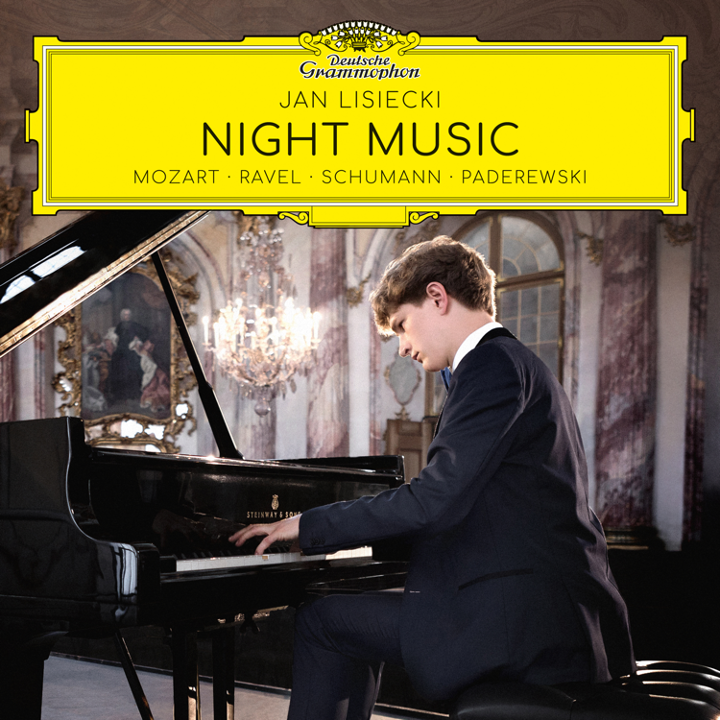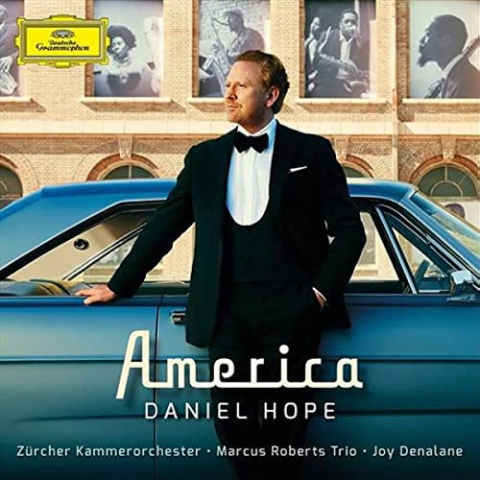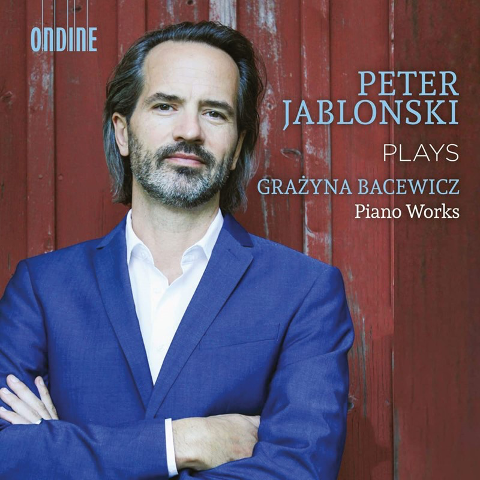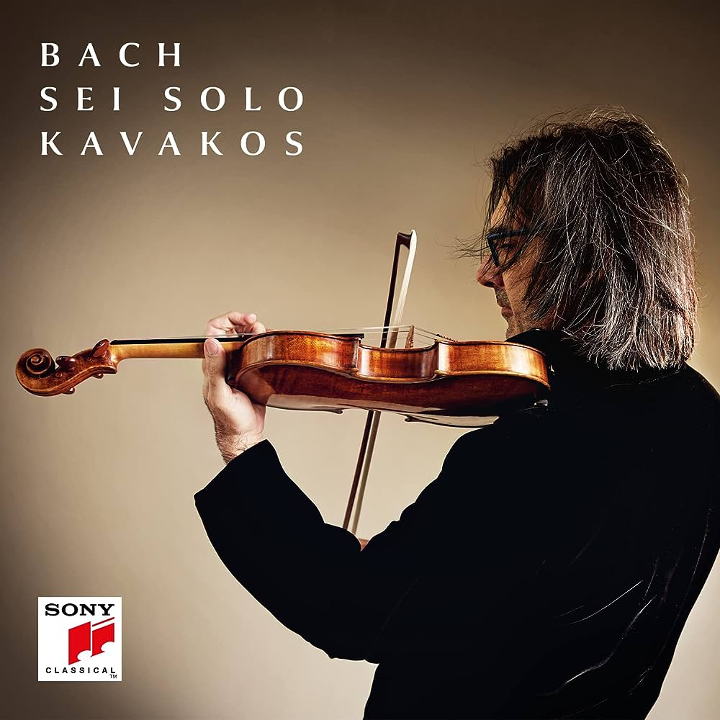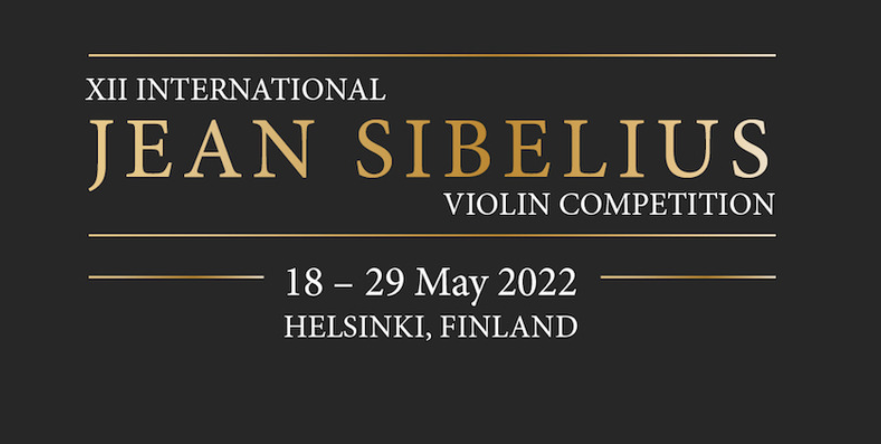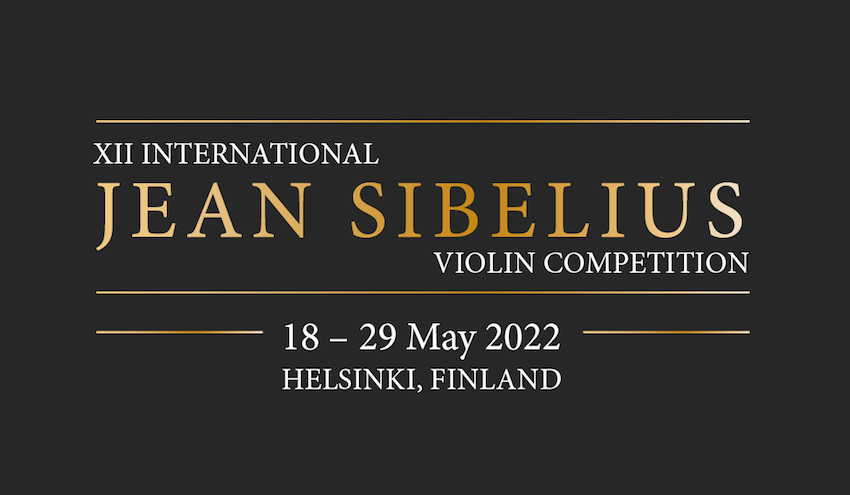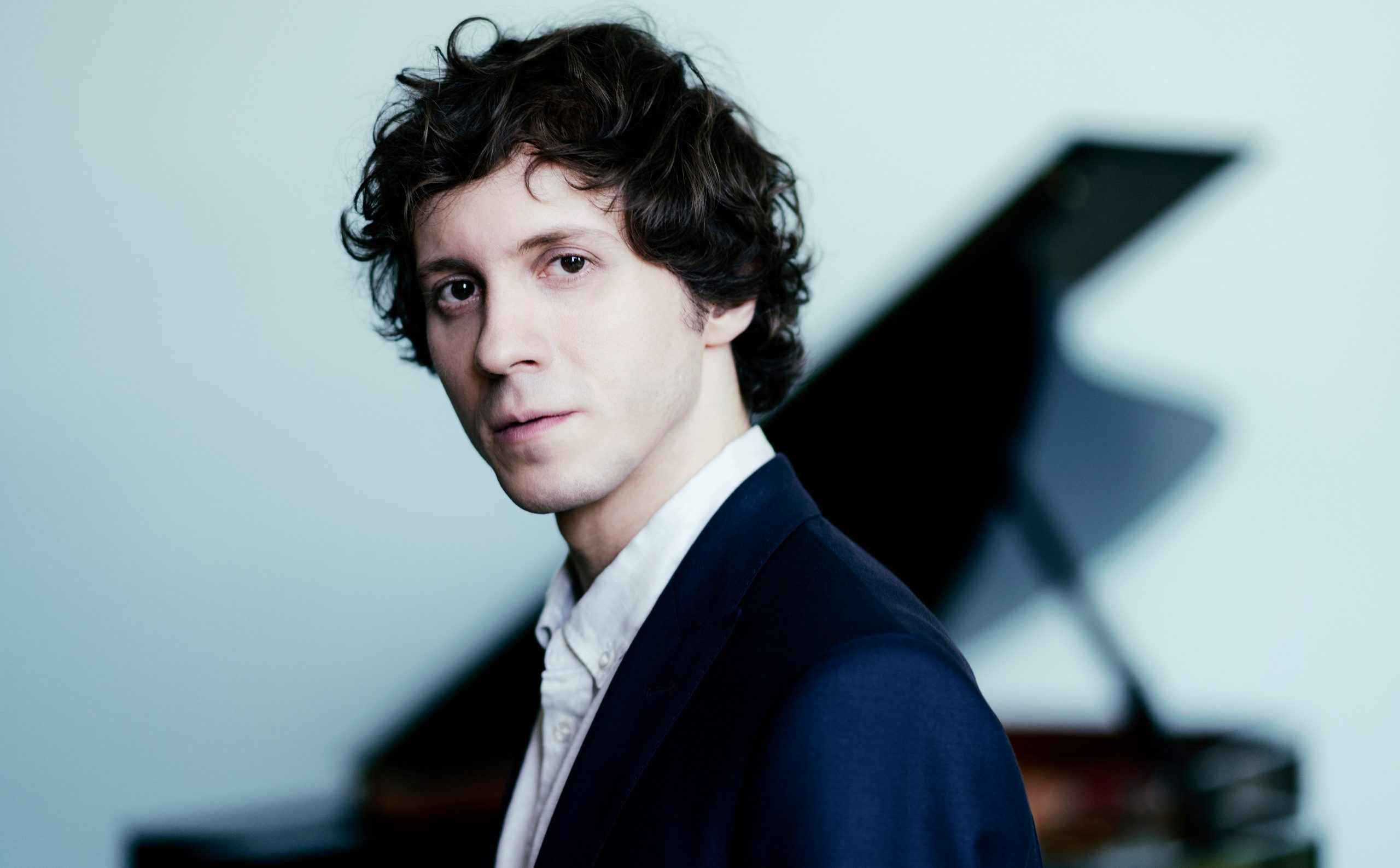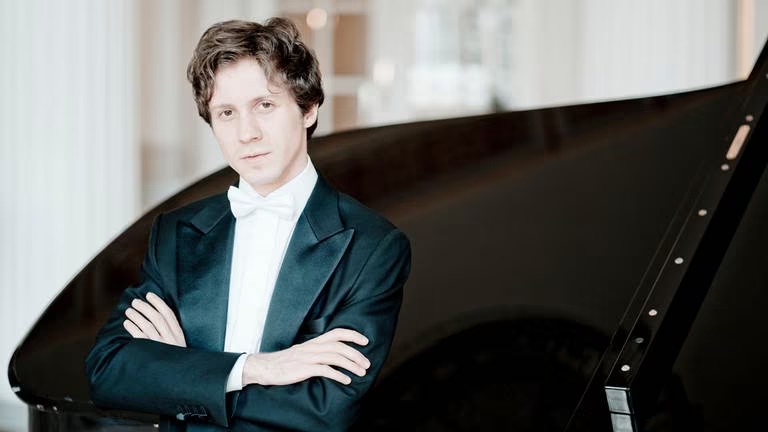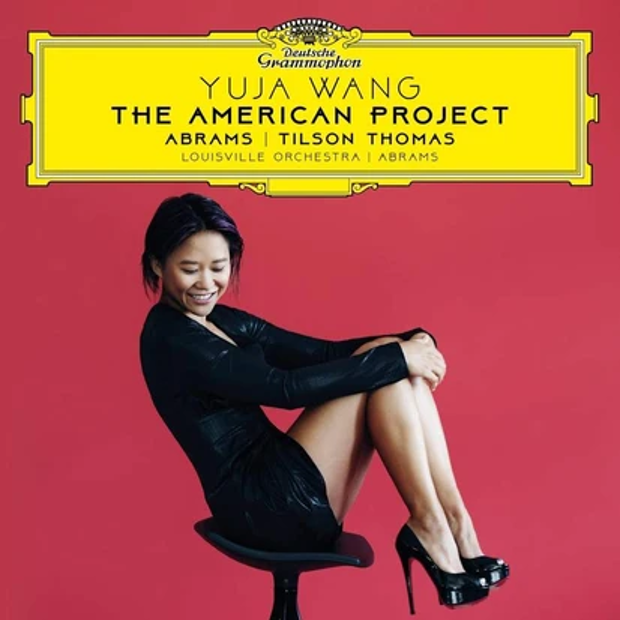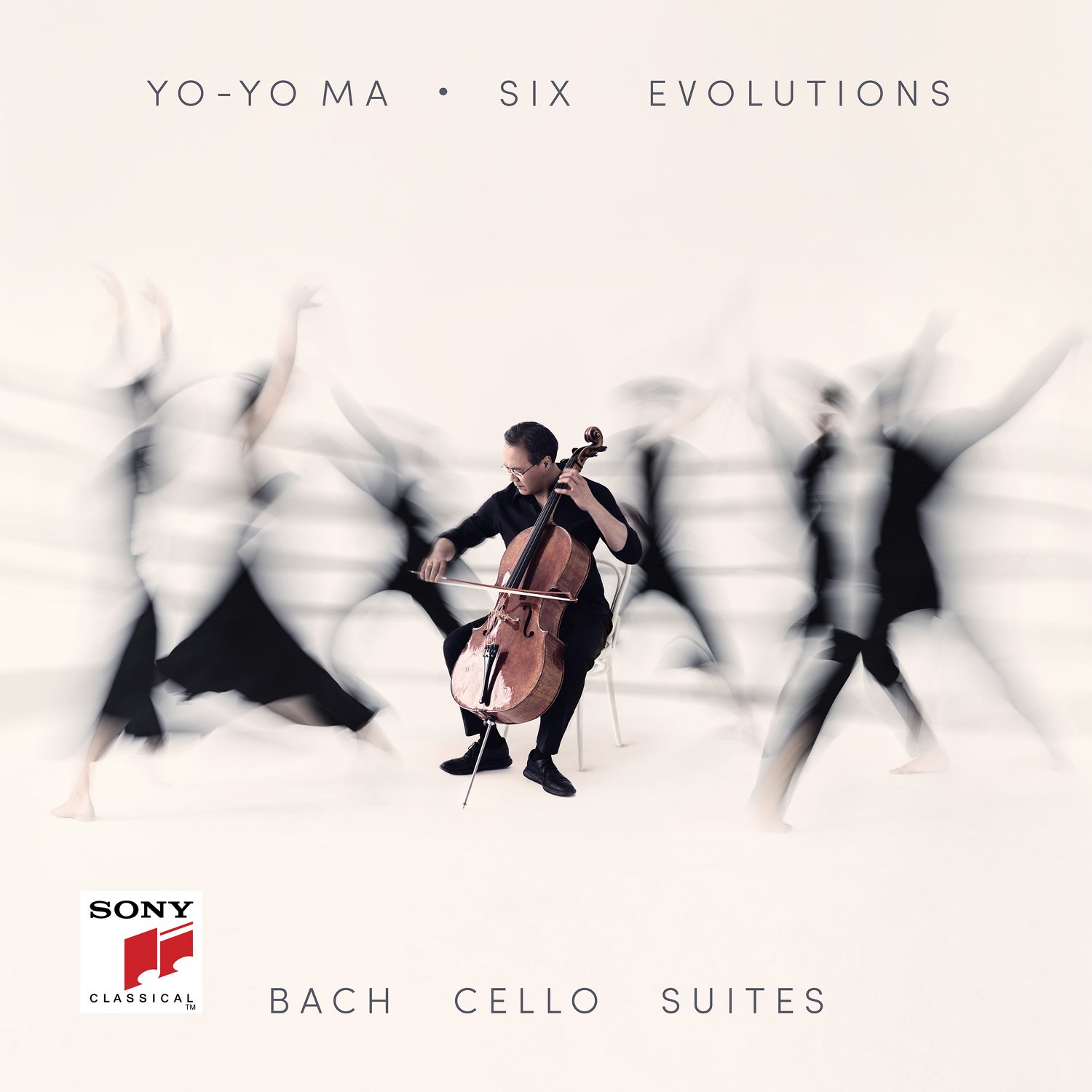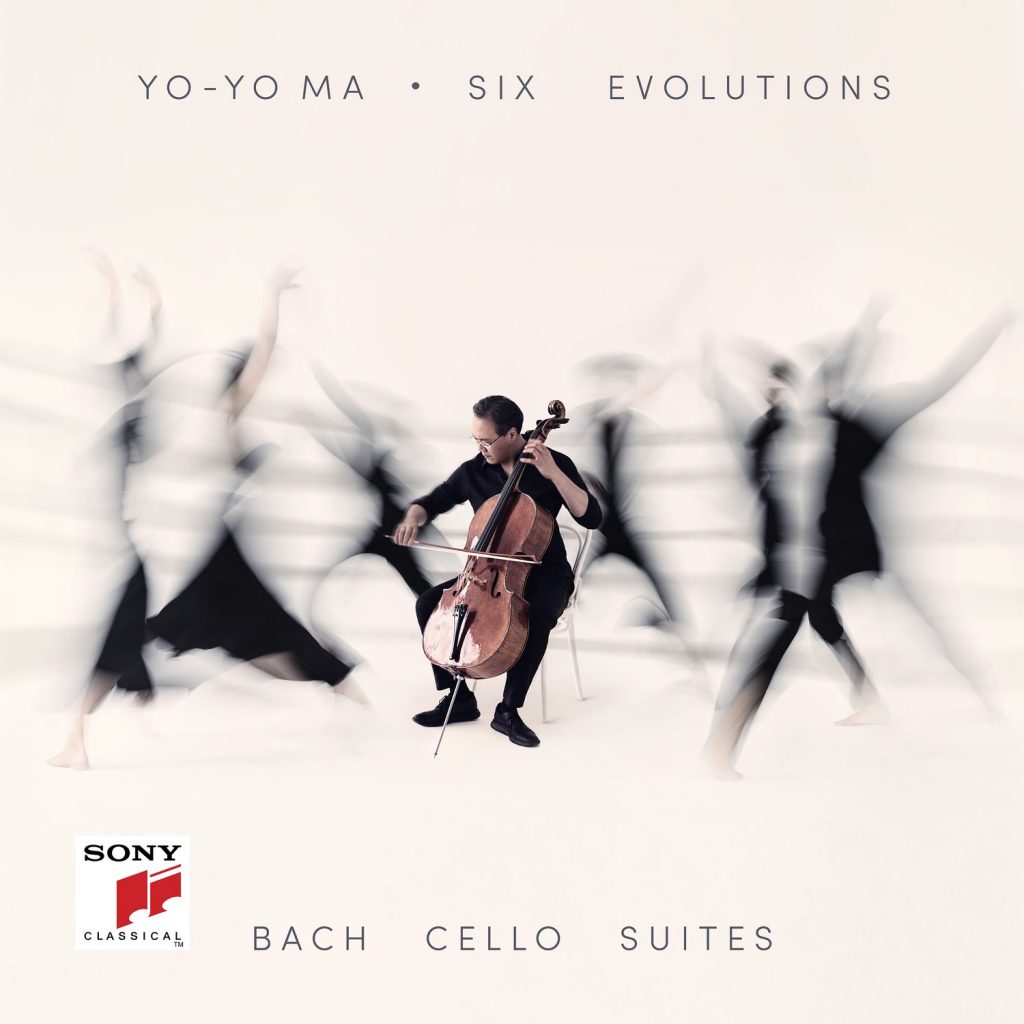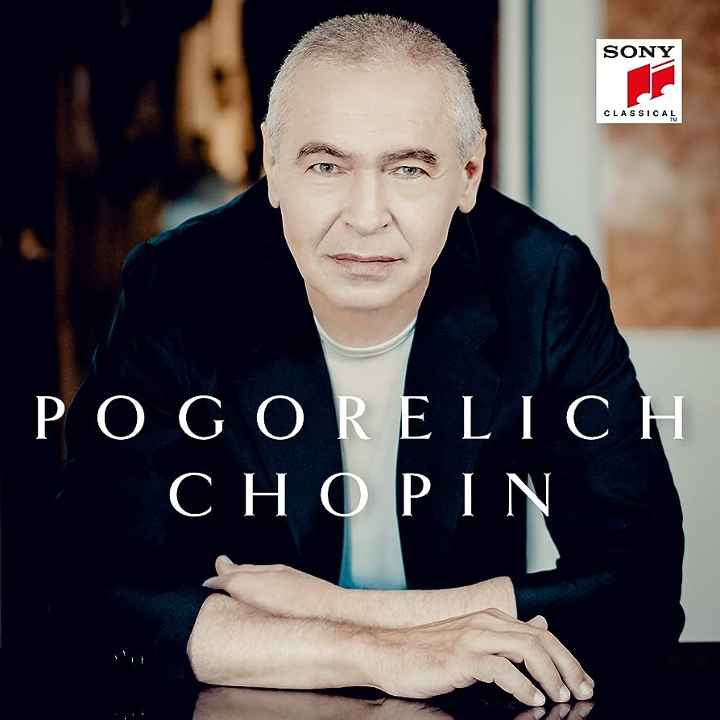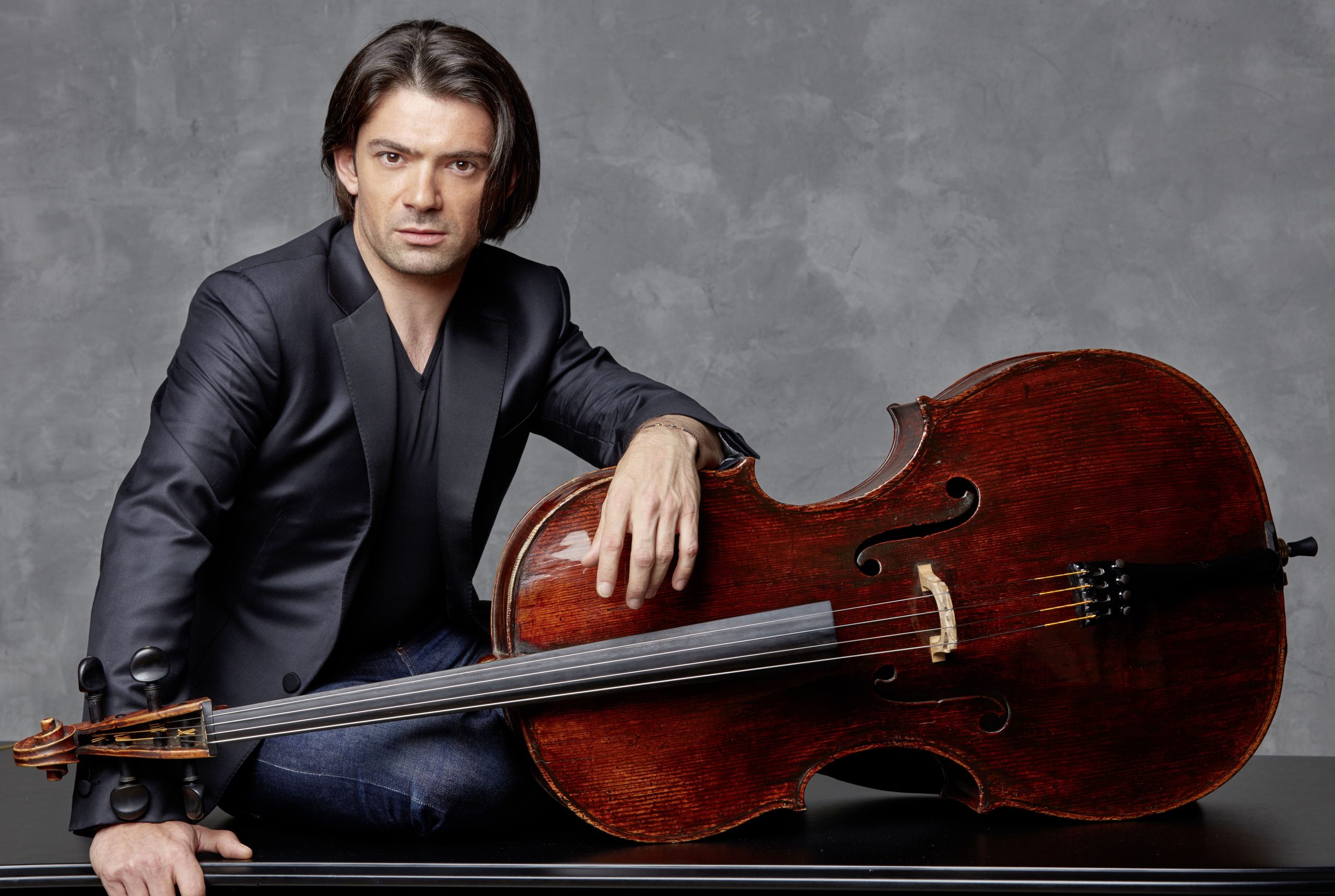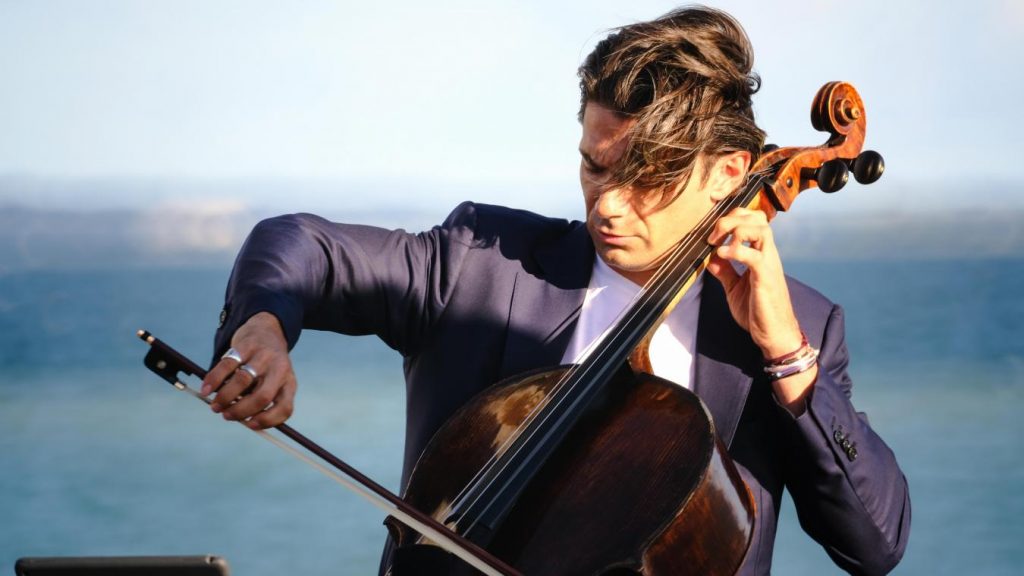Night Music
“Night Music” by Jan Lisiecki: An Enchanting Journey into the Elegance of Twilight
March 2022
Jan Lisiecki’s “Night Music” is a masterful display of his profound talent and interpretative creativity, showcased through an enthralling selection of Mozart, Ravel, Schumann, and Paderewski. Released on Deutsche Grammophon in 2022, this album not only reinforces Lisiecki’s reputation as a virtuoso pianist but also presents a delightful and sonically excellent experience for twilight listening.
The album’s title aptly captures the essence of Lisiecki’s carefully curated repertoire. Rather than opting for traditional Sunday afternoon recitals like Vladimir Horowitz, Lisiecki takes listeners on an enchanting journey through “night music.” The centerpiece of the album is Mozart’s 12 Variations in C Major on “Ah, vous dirai-je Maman,” where Lisiecki’s impressive touch and deep understanding of the classical canon shine through.
The album opens and closes with hidden gems, featuring Paderewski’s lesser-known Miscellanea, Op.16: No.4, Nocturne in B-Flat Major. This bookending effect creates a cohesive and immersive experience, drawing the listener into a realm of relaxation and tranquility.
One remarkable moment that showcases Lisiecki’s exceptional talent is his rendition of Maurice Ravel’s Gaspard de la nuit – Scarbo. In just nine minutes, Lisiecki mesmerizes with dynamic touches in the piano’s lower register and a full exploration of the keyboard, leaving the listener in awe of his pianistic prowess. The depth and maturity he brings to this piece are commendable and make it a highlight of the album.
At the age of 27, Jan Lisiecki continues to amaze listeners with his musical maturity, and “Night Music” is no exception. His ability to play with the theme of night, following his previous two-CD set of Chopin’s Complete Nocturnes, reveals an artist deeply committed to exploring different facets of his craft and bringing ongoing delight to his audience.
The acoustically beautiful and well-executed recording enhances the listening experience, allowing the listener to immerse themselves fully in Lisiecki’s skillful interpretations. Whether it’s the elegance of Mozart, the emotive passages of Schumann, or the nocturnal enchantment of Paderewski, each piece receives the utmost care and attention, leaving no doubt about Lisiecki’s musical dedication.
“Night Music” by Jan Lisiecki is an enthralling album that reaffirms his position as one of the most exciting young talents in the classical music scene. With his impressive touch, interpretative creativity, and deep understanding of the piano repertoire, Lisiecki delivers an idealized and relaxed twilight listening experience. This album is a must-listen for classical enthusiasts and a testament to the boundless potential of this remarkable pianist.
